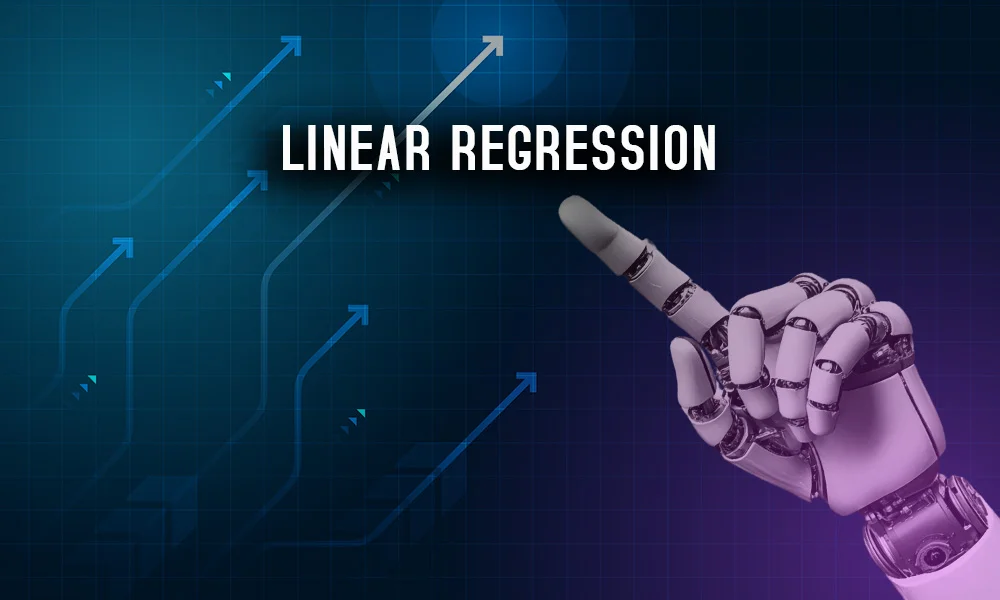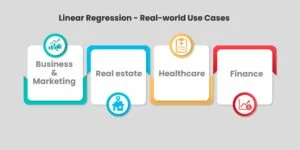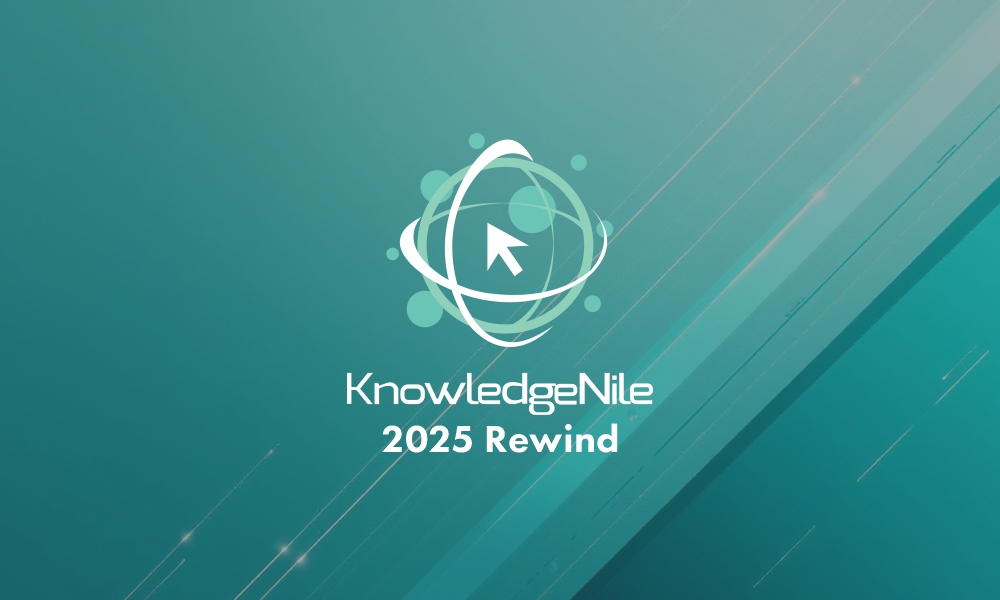Every day, businesses make important decisions: how much inventory to stock, what prices to set, and where to focus marketing efforts. The most successful ones don’t guess. They use data to predict outcomes. At the heart of these predictions lies linear regression or linear modeling, one of the most fundamental yet powerful tools in machine learning.
Think of linear modeling as the training wheel of data science. Before tackling complex algorithms, every data scientist masters this essential technique. It is where mathematics meets real-world problem-solving in the simplest, most elegant way possible.
What is Linear Regression?
Linear modeling helps to find a straight-line relationship between one or more factors. There are two types: simple linear regression (SLR), which uses one factor, and multiple linear regression (MLR), which uses several factors. Basically, it finds the relationship between two things, that is,
-
- What you know (input): Like temperature, house size, or ad spending.
- What you want to predict (output): Ice cream sales, home prices, or customer clicks.
For example:
-
- If study hours (input) go up, exam scores (output) tend to rise.
- If a house is bigger (input), its price (output) usually increases.
Why It is the Go-To Tool for Beginners?
1. Simple to Understand
Unlike complex algorithms, linear modeling works like a straightforward math formula:
Y = mx + B
Y = What you are predicting (e.g., sales).
X = What you are using to predict (e.g., temperature).
m = How much Y changes when X changes (slope).
b = Where the line starts (intercept)
2. Easy to Implement
Tools like Python’s sci-kit-learn or Excel can run linear modeling in minutes.
3. Reveals Clear Patterns
It highlights relationships like:
“Every USD 1000 spent on ads brings 50 new customers.”
“Each extra hour of study increases scores by 5%.”
Real-world Use of Linear Regression
Business & Marketing
-
- Predict sales based on ad budgets.
- Set pricing by analyzing demand vs. cost.
Real estate
-
- Estimate home prices using square footage or location.
Healthcare
-
- Forecast patient recovery time based on treatment plans.
Finance
-
- Predict stock trends based on historical data.
How It Works: Step by Step
Step 1: Collect Your Data
Gather past examples
Step 2: Plot the Points
Visualize data on a graph to spot trends.
Step 3: draw the Best-Fit Line
The algorithm calculates the line that minimizes prediction errors.
Step 4: Make Predictions
Plug in new values (e.g., tomorrow's temperature) to forecast outcomes.
Common Challenges and How to Avoid Them
-
- Assuming all relationships are straight lines: Not all trends are linear. Sometimes, curves or other models fit better.
- Ignoring Outlier: A single unusual data point (like a sudden sales spike) can skew results.
- Overlooking Hidden Factors: Sales might depend on seasonality or competitor activity, not just ad spending.
The Power of Multiple Linear Regression
While simple linear modeling uses one input variable, multiple linear modeling considers several factors simultaneously. For example:
-
- Predicting house prices using square footage, location, and age of property.
- Forecasting sales based on ad spend, season, and competitor pricing.
As per reports, businesses using multiple linear modeling reported more accurate forecasts compared to single-variable models. This approach better reflects real-world complexity where outcomes depend on multiple factors.
Beyond Basics: When to Use Linear Regression
While simple, it’s perfect for:
-
- Quick, interpretable results.
- Small-to-medium datasets.
- Projects where relationships are roughly linear.
For complex patterns (like image recognition), you will need advanced tools, but linear modeling lays the groundwork.
Try it yourself
Want to test it? Here’s a beginner-friendly challenge:
-
- Download a dataset (e.g., housing prices from Kaggle).
- Use a free tool like Google Sheets or Python.
- Predict prices based on home size.
You will see how machines “learn” from data!
Wrapping Up!
Linear regression is the gateway to machine learning, a simple, powerful way to turn data into predictions. Whether you are a business owner, student, or tech enthusiast, mastering this concept opens doors to smarter decision-making.
For more insightful blogs, visit KnowledgeNile today!
FAQ
1. What is linear regression?
Answer: Linear modeling or regression is a method to search for a straight-line relationship between one or more factors.
2. What does linear modeling try to find?
Answer: Linear modeling tries to find how changes in one or more factors affect an outcome, showing this relationship with a straight line.
3. How important is linear modeling or regression in machine learning?
Answer: Linear modeling is very important in machine learning because it helps make predictions and understand relationships in data, forming the basis for more complex models.
Recommended For You:
How Machine Learning Benefits Cybersecurity: Benefits And Use Cases
A New Era of AI: How Privacy-Preserving Machine Learning Techniques Protect Your Data






